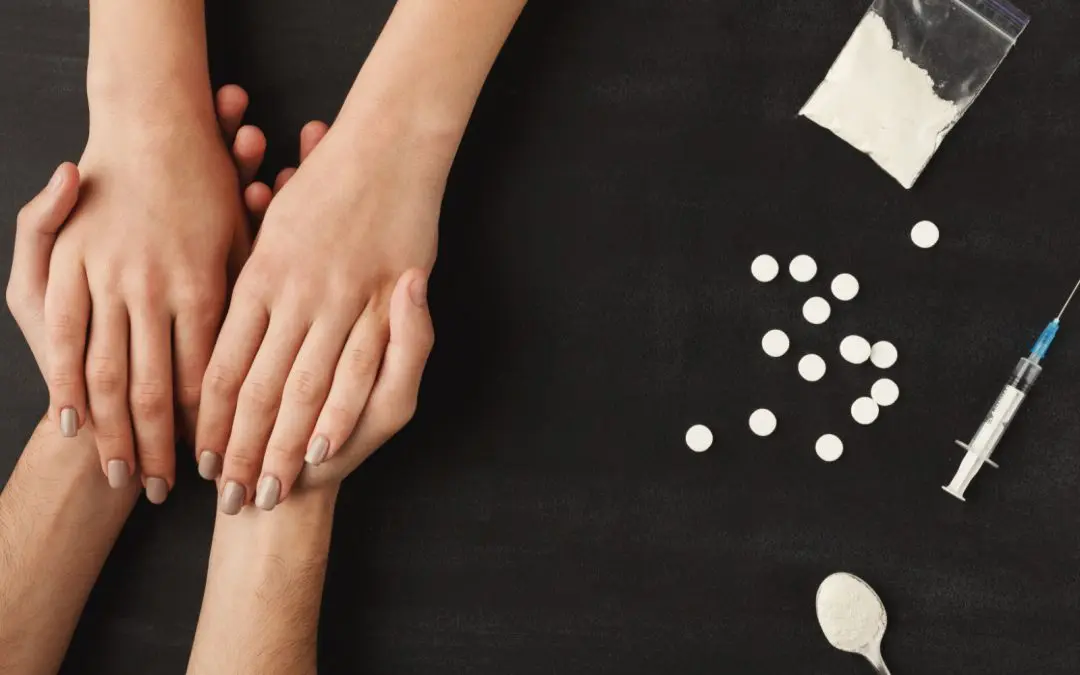24/7 Helpline:
(866) 899-221924/7 Helpline:
(866) 899-2219
Learn more about Stimulant Detox centers in Peru
Stimulant Detox in Other Cities

Other Insurance Options

Horizon Healthcare Service

EmblemHealth

Optima

AllWell

Meritain

United Health Care

Covered California

Self-pay options

Oxford

Cigna

Lucent

Ambetter

WellCare Health Plans

Sliding scale payment assistance

Molina Healthcare

PHCS Network

Health Partners

State Farm

Amerigroup

BlueCross

Four County Counseling Center
Four County Counseling Center, in Peru, Indiana, is an outpatient mental and behavioral health care ...

VA Northern Indiana Health Care System – Peru Community Based Outpatient Clinic
Peru Community Based OutPatient Clinic is a clinic located in Peru, IN. Peru Community Based OutPati...












